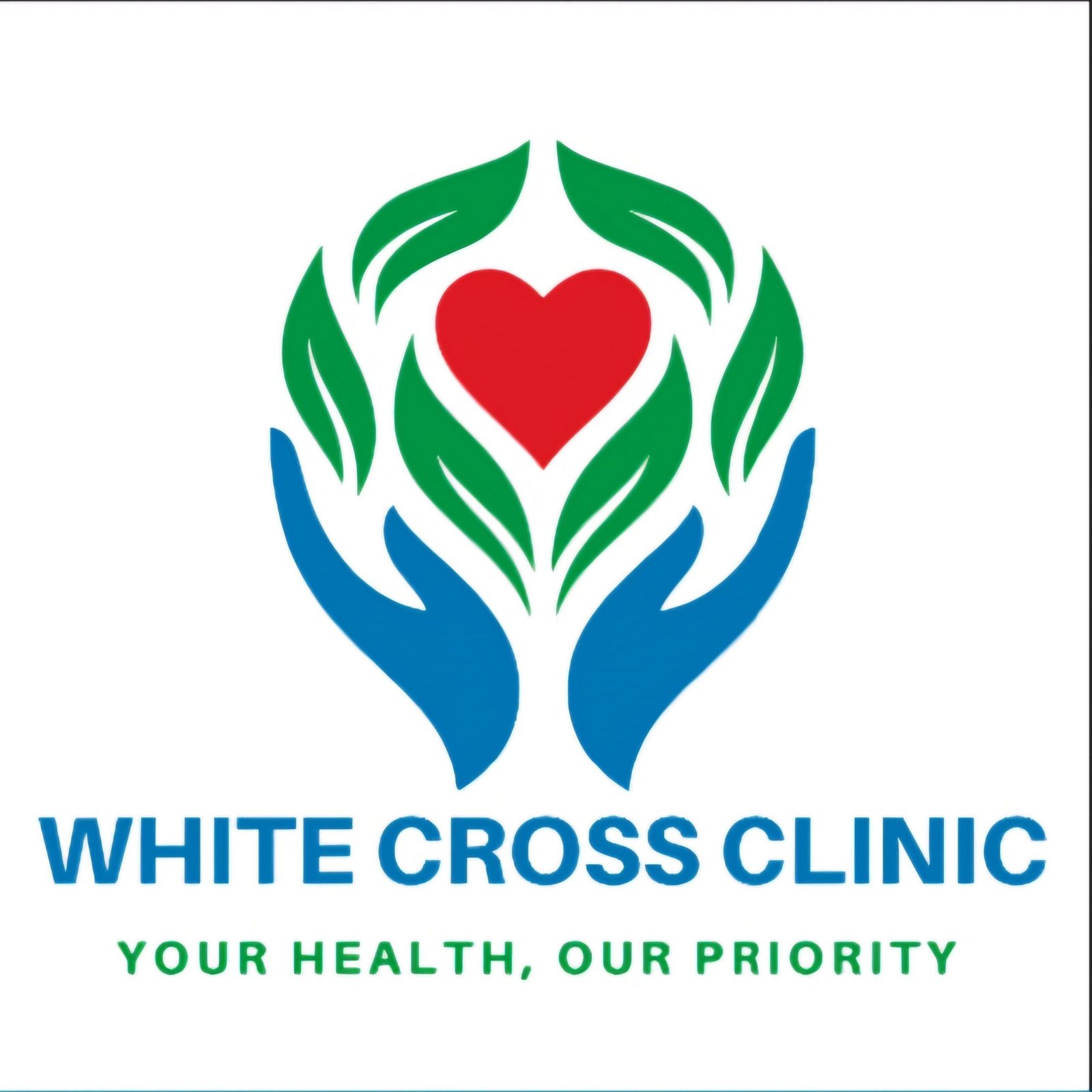Overview
Tuberculosis (TB) is a serious illness that mainly affects the lungs. The germs that cause tuberculosis are a type of bacteria.
Tuberculosis can spread when a person with the illness coughs, sneezes or sings. This can put tiny droplets with the germs into the air. Another person can then breathe in the droplets, and the germs enter the lungs.
Tuberculosis spreads easily where people gather in crowds or where people live in crowded conditions. People with HIV/AIDS and other people with weakened immune systems have a higher risk of catching tuberculosis than people with typical immune systems.
Drugs called antibiotics can treat tuberculosis. But some forms of the bacteria no longer respond well to treatments.
Symptoms
When tuberculosis (TB) germs survive and multiply in the lungs, it is called a TB infection. A TB infection may be in one of three stages. Symptoms are different in each stage.
Primary TB infection. The first stage is called the primary infection. Immune system cells find and capture the germs. The immune system may completely destroy the germs. But some captured germs may still survive and multiply.
Most people don’t have symptoms during a primary infection. Some people may get flu-like symptoms, such as:
- Low fever.
- Tiredness.
- Cough.
Latent TB infection. Primary infection is usually followed by the stage called latent TB infection. Immune system cells build a wall around lung tissue with TB germs. The germs can’t do any more harm if the immune system keeps them under control. But the germs survive. There are no symptoms during latent TB infection.
Active TB disease. Active TB disease happens when the immune system can’t control an infection. Germs cause disease throughout the lungs or other parts of the body. Active TB disease may happen right after primary infection. But it usually happens after months or years of latent TB infection.
Symptoms of active TB disease in the lungs usually begin gradually and worsen over a few weeks. They may include:
- Cough.
- Coughing up blood or mucus.
- Chest pain.
- Pain with breathing or coughing.
- Fever.
- Chills.
- Night sweats.
- Weight loss.
- Not wanting to eat.
- Tiredness.
- Not feeling well in general.
Active TB disease outside the lungs. TB infection can spread from the lungs to other parts of the body. This is called extrapulmonary tuberculosis. Symptoms vary depending on what part of the body is infected. Common symptoms may include:
- Fever.
- Chills.
- Night sweats.
- Weight loss.
- Not wanting to eat.
- Tiredness.
- Not feeling well in general.
- Pain near the site of infection.
Active TB disease in the voice box is outside the lungs, but it has symptoms more like disease in the lungs.
Common sites of active TB disease outside the lungs include:
- Kidneys.
- Liver.
- Fluid surrounding the brain and spinal cord.
- Heart muscles.
- Genitals.
- Lymph nodes.
- Bones and joints.
- Skin.
- Walls of blood vessels.
- Voice box, also called larynx.
Active TB disease in children. Symptoms of active TB disease in children vary. Typically, symptoms by age may include the following:
- Teenagers. Symptoms are similar to adult symptoms.
- 1- to 12-year-olds. Younger children may have a fever that won’t go away and weight loss.
- Infants.The baby doesn’t grow or gain weight as expected. Also, a baby may have symptoms from swelling in the fluid around the brain or spinal cord, including:
- Being sluggish or not active.
- Unusually fussy.
- Vomiting.
- Poor feeding.
- Bulging soft spot on the head.
- Poor reflexes.
When to see a doctor
The symptoms of tuberculosis are similar to symptoms of many different illnesses. See your health care provider if you have symptoms that don’t improve with a few days of rest.
Get emergency care if you have:
- Chest pain.
- Sudden, severe headache.
- Confusion.
- Seizures.
- Difficulty breathing.
Get immediate or urgent care if you:
- Cough up blood.
- Have blood in your urine or stool.
